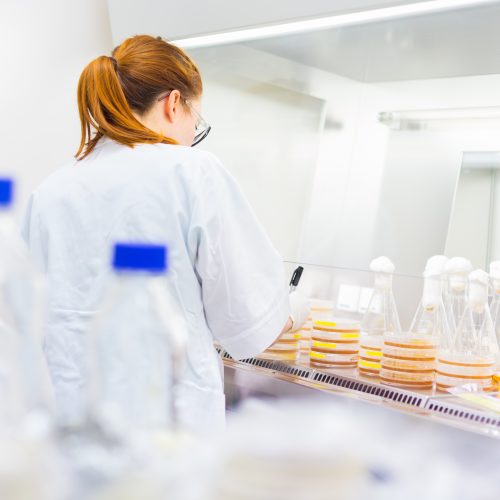Newcells has developed an air-liquid interface (ALI) culture as a valuable tool for modelling the small airways of the lung in vitro and evaluating the lung toxicity of potential drug candidates
Lung toxicity and lung fibrosis occur as a result of inhalation of particles, pathogens and therapeutics but also following repeated administration of systemic and oral drugs.
Any epithelial damage or loss of epithelial barrier integrity leads to an increased susceptibility to infection, an impairment of gas exchange and triggers an immune response leading to inflammation, tissue damage and possibly lung toxicity.
Lung toxicity service: this study utilises our in vitro epithelial cell culture SAEC model to provide predictive data and enabling accurate predictions of the potential cellular toxicity of therapeutics by assessing multiple epithelial damage parameters.
Service outputs
- LDH release assay
- ATP activity quantification
- MTT activity
- TEER






